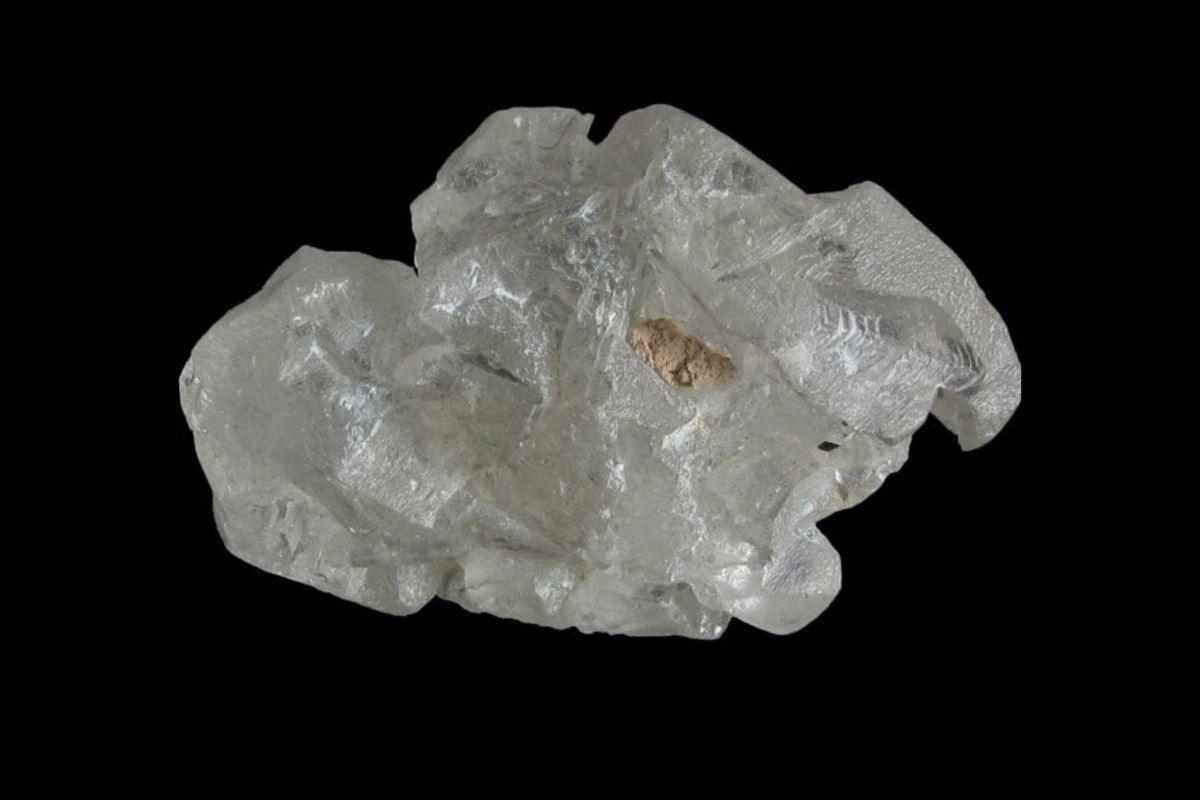
Efremovite is a rare mineral that has captured the interest of geologists and mineral enthusiasts alike. But what exactly makes Efremovite so special? This unique mineral, named after the Russian geologist Ivan Efremov, boasts a fascinating composition and intriguing properties. Found primarily in Russia, Efremovite is known for its striking appearance and unusual formation process. Whether you're a seasoned rock hound or just curious about the natural world, learning about Efremovite can be both educational and exciting. In this blog post, we'll dive into 20 captivating facts about Efremovite, shedding light on its origins, characteristics, and much more. Get ready to uncover the secrets of this extraordinary mineral!
Key Takeaways:
- Efremovite is a rare borate mineral named after a Russian geologist. It has unique physical properties and forms in alkaline environments, providing valuable insights into geological history.
- Efremovite, with its glass-like appearance and cultural significance, is sought after by collectors and used in scientific research and education. Its potential industrial applications make it a mineral worth studying.
What is Efremovite?
Efremovite is a rare mineral that has intrigued scientists and collectors alike. Named after the Russian geologist Ivan Efremov, this mineral has unique properties and an interesting history. Here are some fascinating facts about Efremovite.
-
Efremovite is a borate mineral. It belongs to the borate class of minerals, which are compounds containing boron and oxygen.
-
Discovered in Russia. Efremovite was first identified in the Khibiny Massif on the Kola Peninsula in Russia.
-
Named after Ivan Efremov. The mineral honors Ivan Efremov, a renowned Russian geologist and paleontologist.
-
Chemical formula. Its chemical composition is Na2Mg5(BO3)6, indicating it contains sodium, magnesium, and boron.
-
Crystal system. Efremovite crystallizes in the trigonal crystal system, which means its crystals are shaped like triangles.
Physical Properties of Efremovite
Understanding the physical properties of Efremovite can help in identifying and studying this mineral. Here are some key characteristics.
-
Color. Efremovite typically appears white or colorless, making it visually distinct from many other minerals.
-
Hardness. On the Mohs scale of hardness, Efremovite ranks around 3.5, which means it is relatively soft.
-
Luster. This mineral has a vitreous luster, giving it a glass-like appearance when light reflects off its surface.
-
Transparency. Efremovite is usually transparent to translucent, allowing light to pass through it to varying degrees.
-
Density. The density of Efremovite is about 2.9 grams per cubic centimeter, which is considered average for minerals.
Formation and Occurrence
Efremovite's formation and occurrence provide insights into the geological processes that create such rare minerals.
-
Formed in alkaline environments. Efremovite forms in alkaline igneous rocks, which are rich in sodium and potassium.
-
Associated minerals. It is often found alongside other borate minerals like borax and kernite.
-
Rare mineral. Efremovite is considered rare, with few known occurrences worldwide.
-
Geological significance. Studying Efremovite can provide valuable information about the geological history of the regions where it is found.
-
Synthetic production. While natural Efremovite is rare, scientists can create synthetic versions in laboratories for research purposes.
Uses and Applications
Though not widely known, Efremovite has some interesting uses and applications in various fields.
-
Collector's item. Due to its rarity, Efremovite is highly sought after by mineral collectors.
-
Scientific research. Researchers study Efremovite to understand more about borate minerals and their properties.
-
Educational purposes. Efremovite samples are used in educational settings to teach students about mineralogy and crystallography.
-
Potential industrial uses. While not currently used in industry, the unique properties of Efremovite could have potential applications in the future.
-
Cultural significance. In Russia, Efremovite holds cultural importance due to its connection to Ivan Efremov, a prominent figure in geology and paleontology.
Efremovite: A Fascinating Mineral
Efremovite, a rare mineral, holds a unique place in the world of geology. Named after the Russian geologist Ivan Efremov, this mineral is known for its striking blue-green color and complex chemical composition. Found primarily in Russia, it forms in evaporite deposits, making it a subject of interest for mineralogists and collectors alike.
Its rarity and distinct characteristics make efremovite a valuable addition to any mineral collection. Understanding its formation and properties not only enriches our knowledge of Earth's geological processes but also highlights the diversity of minerals found on our planet.
Whether you're a seasoned geologist or a curious enthusiast, learning about efremovite offers a glimpse into the intricate and fascinating world of minerals. Keep exploring and discovering the wonders hidden beneath our feet.
Frequently Asked Questions
Was this page helpful?
Our commitment to delivering trustworthy and engaging content is at the heart of what we do. Each fact on our site is contributed by real users like you, bringing a wealth of diverse insights and information. To ensure the highest standards of accuracy and reliability, our dedicated editors meticulously review each submission. This process guarantees that the facts we share are not only fascinating but also credible. Trust in our commitment to quality and authenticity as you explore and learn with us.
